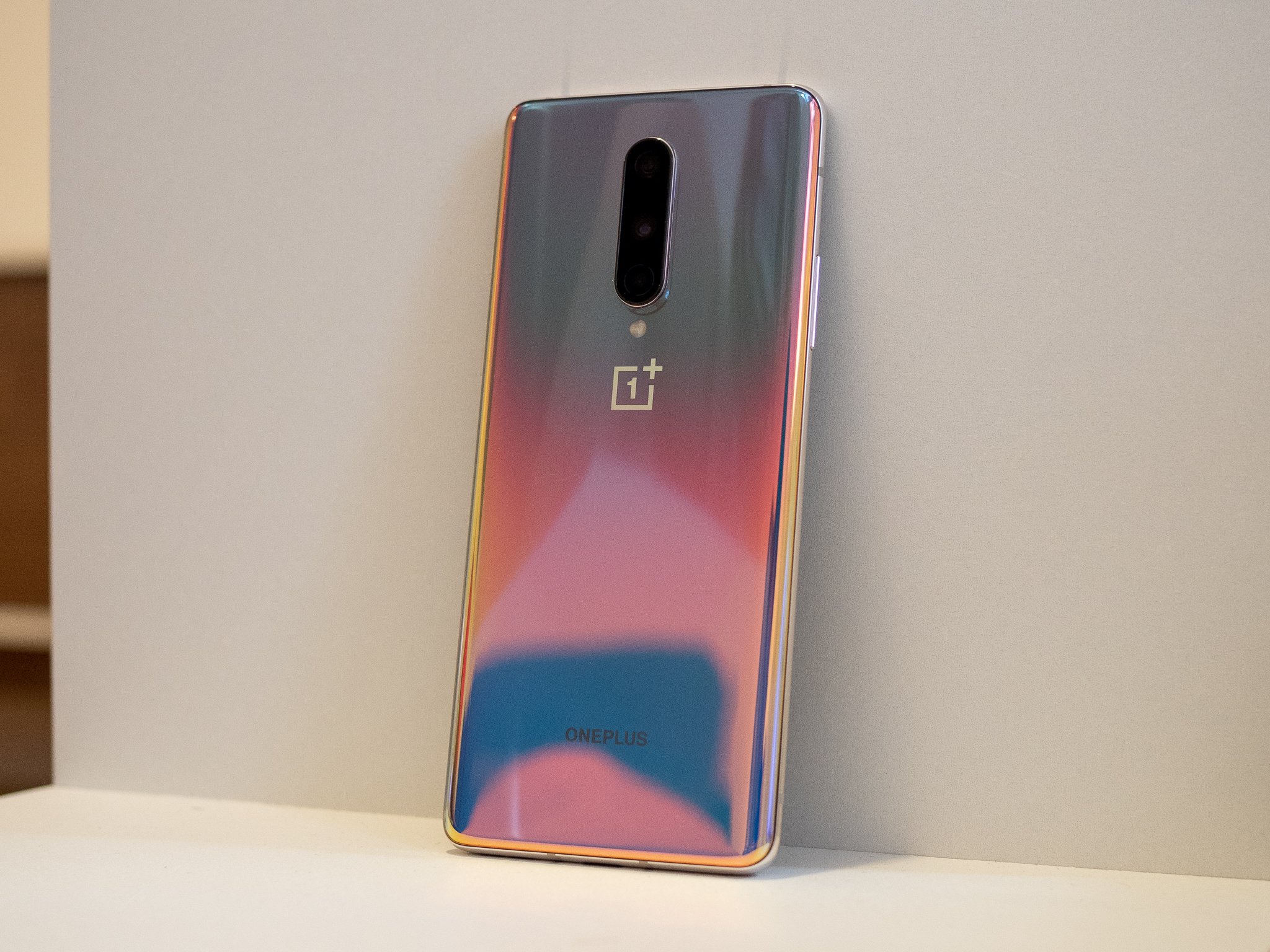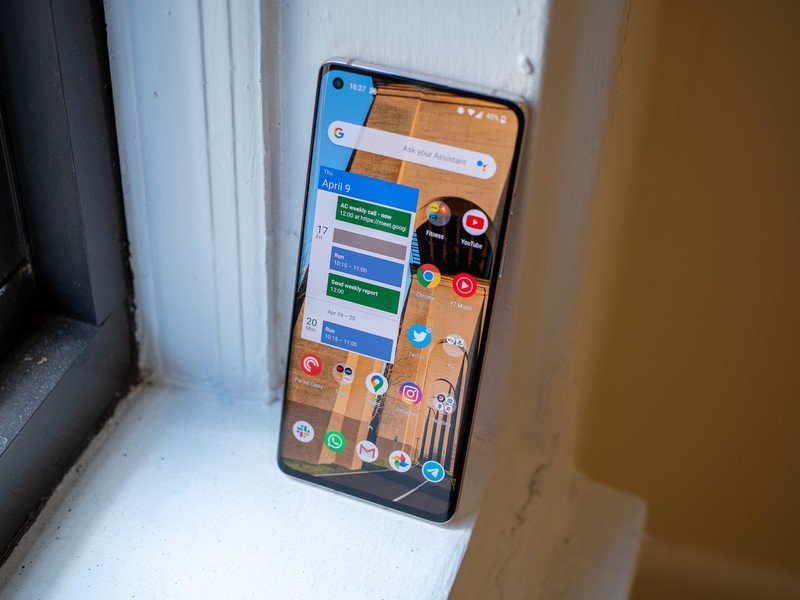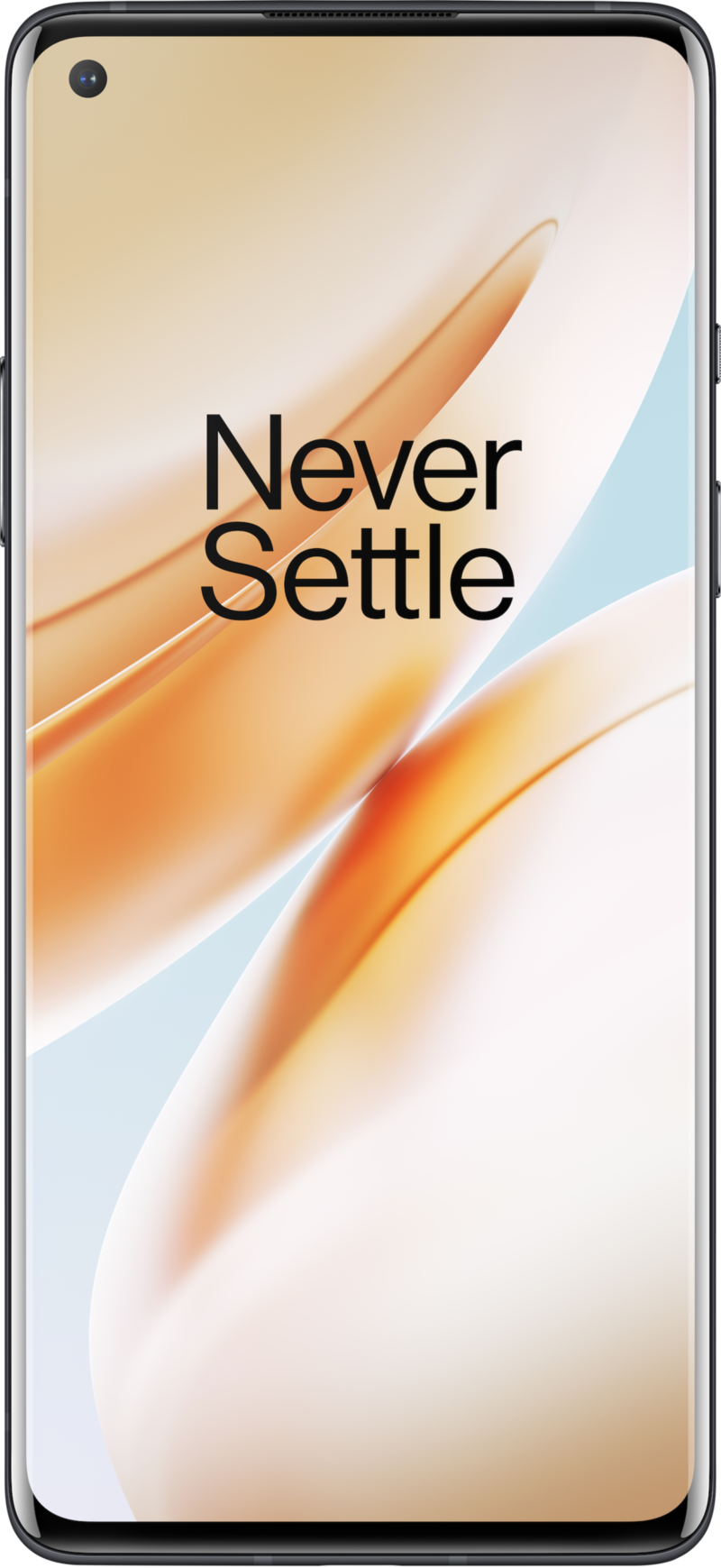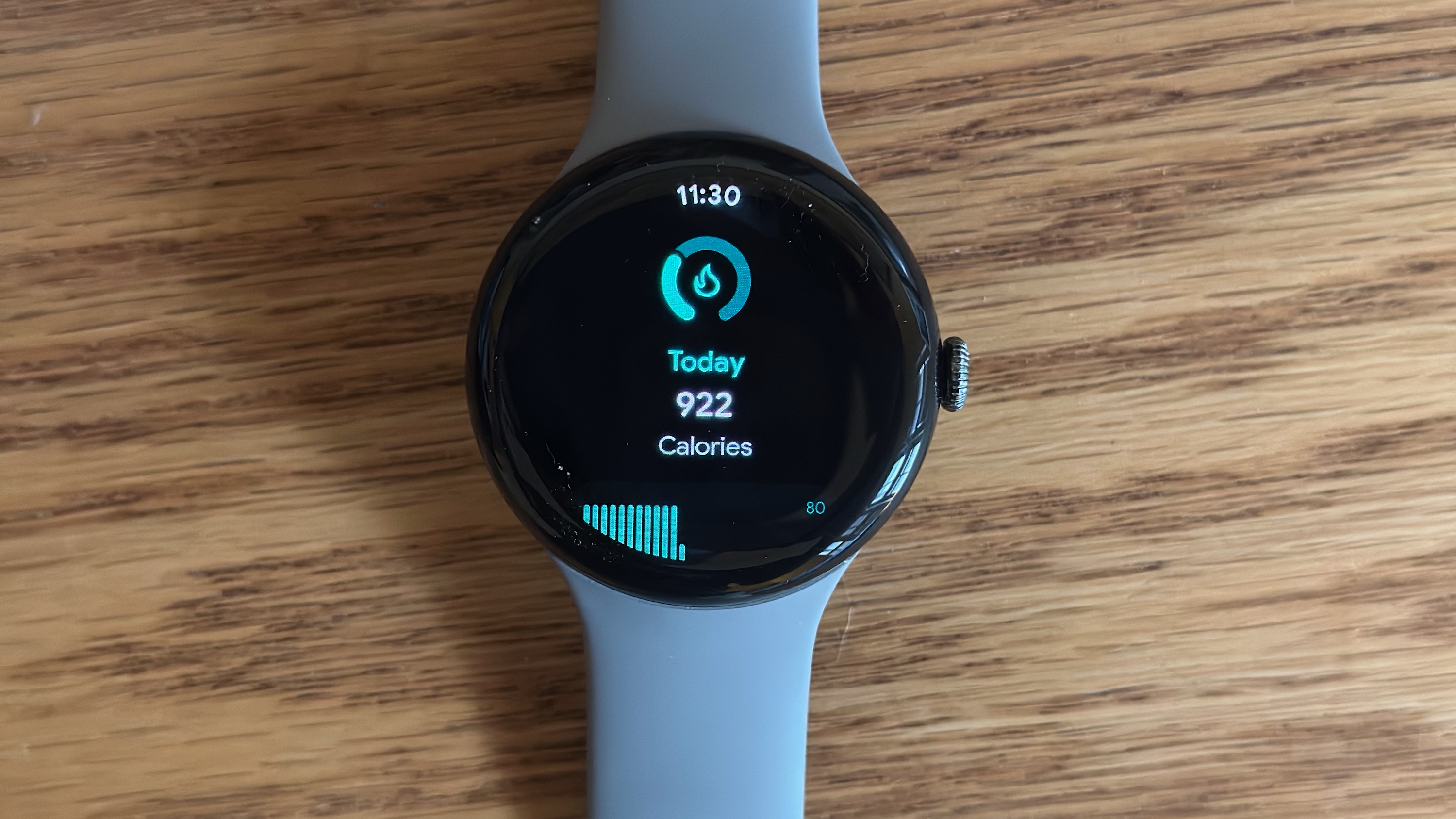The OnePlus 8 should've had a Snapdragon 765 processor, and a lower price

There isn't a single discussion about the new OnePlus 8 that doesn't include mention of its price. OnePlus has historically hung its hat on offering fantastic value for money, undercutting the competition's prices by a wide margin yet delivering a flagship-like experience. In 2020, that margin is getting a whole lot smaller.
The OnePlus 8 now starts at $700, $100 more than the 6-month-old 7T — and OnePlus fans aren't happy. We get it, OnePlus wants to have an "ultra premium" 8 Pro with no shortcuts or missing features, and that necessitates a higher price. It has considerable advantages in display, cameras and features. But what about the 8? Being less expensive, it's inherently going to have shortcomings.
A $700 OnePlus 8 is a prime candidate for a Snapdragon 765 processor.
It seems like the main reason OnePlus chose the Snapdragon 865 is to make the OnePlus 8 seem like a higher-end phone than it is. The result is a $100 price jump over the OnePlus 7T, though there isn't a whole lot better about it. At the end of my OnePlus 8 review, I recommend buying the OnePlus 7T if it's still on sale.
This would've been a great opportunity for OnePlus to swallow its pride, step back from the expectation that it always has to have the highest specs, and choose a slightly lower-end processor for the OnePlus 8. This phone is a prime candidate for a Snapdragon 765 platform.

Knowing that the Snapdragon 865 (and X55 5G modem) is costly, likely pushing up the cost of phones, Qualcomm specifically designed the 765 to fill in the space underneath the ultra-premium phones. This platform is made for phones in this ~$700 price point that need great performance, but not all of the latest and greatest capabilities.
The Snapdragon 765 has performance roughly equivalent to a Snapdragon 845, with specific capabilities tailored to the price point. It has many AI, graphics and imaging capabilities similar to the 865, too. And importantly, it has an integrated 5G modem, so it can continue to offer the 8 as part of its "all in on 5G" strategy for 2020. This exact same calculation is why we're seeing rumors that LG's next top-end phone could use the 765G, and even Google could select the same chip for its Pixel 5.
If OnePlus really wanted to, it could pick the higher-binned 765G — nominally the "gaming" version — for the OnePlus 8 to keep up some semblance of "getting the highest specs for the money." But realistically, there is absolutely nothing about the OnePlus 8 that requires or is enhanced by the Snapdragon 865. Running a display at 1080p resolution and 90Hz is well within the capabilities of the 765. All of its camera features (minus 4K60 video), voice and video processing, Wi-Fi 6, LPDDR4X RAM, and on down the list can be done on a 765.
Be an expert in 5 minutes
Get the latest news from Android Central, your trusted companion in the world of Android
Nothing about the OnePlus 8's daily performance or features would be affected by using a 765.
And considering how well OnePlus makes its latest and greatest Android 10-based OxygenOS run on 2-year-old phones with less capable processors (and less RAM), I have zero worries about how real-world performance would stack up on a Snapdragon 765.
I know that the traditional OnePlus buyer really focuses on specs, but the recent price jumps have shown that demand for OnePlus phones isn't completely elastic — they do care about price, at some point. With the OnePlus 8 Pro fulfilling the "every single spec imaginable" need, of course with a Snapdragon 865 running the show, this would've ben a perfect time to take the pragmatic approach of stepping down the processor in the OnePlus 8.
We of course don't know the exact pricing of the 865 versus the 765, but we know it's less expensive. If that could've let OnePlus release the 8 at $670 — the same price as last year's 7 Pro at launch — it would've been an important win in making it feel like prices were reasonable this year. Instead, OnePlus still felt obligated to push the specs game, and it's a core reason why the OnePlus 8 is more expensive — and particularly controversial — this year.

You get a lot for what is still a very reasonable price here.
The OnePlus 8 is a 7T with a few new specs, 5G and a larger battery for a $100 price bump. Even at the higher price, it still represents incredible value thanks to all of the core tenets of OnePlus phones: good hardware, great software, excellent specs and strong battery life.
Andrew was an Executive Editor, U.S. at Android Central between 2012 and 2020.

